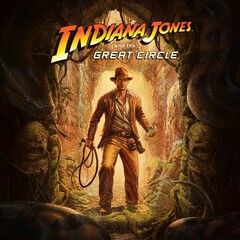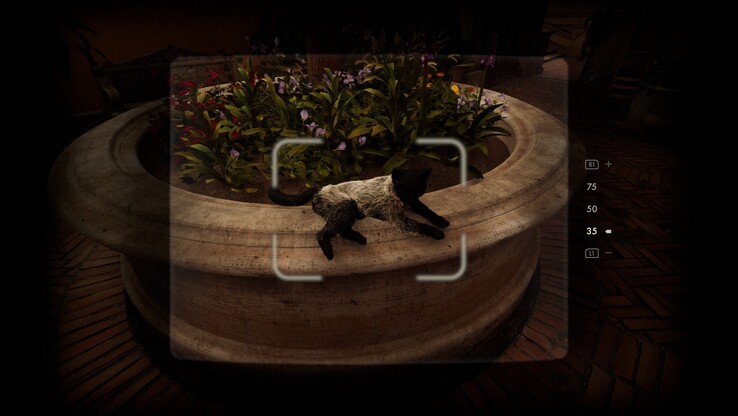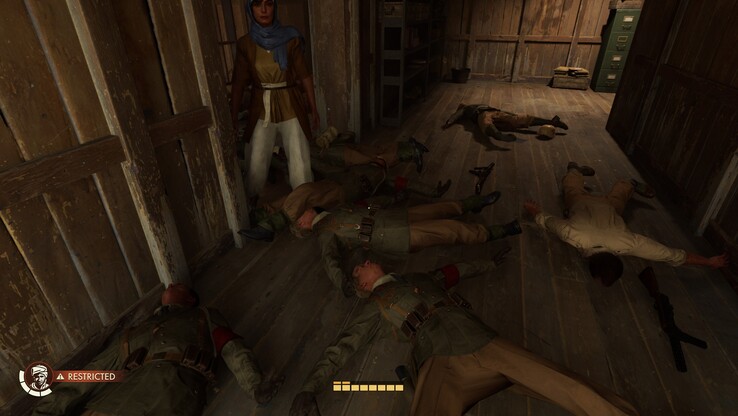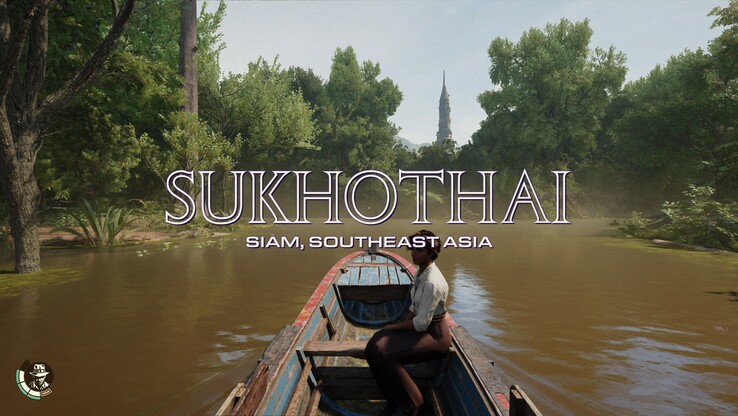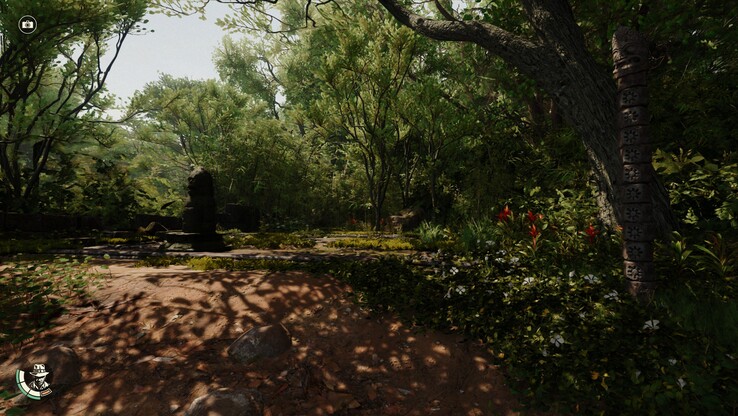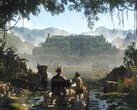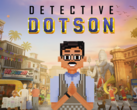It has been so long since Xbox showed off Indiana Jones and the Great Circle that I legitimately forgot it was due to launch in December. It follows the now-growing “pay extra to play early” trend that I hope dies (but we know it won't). At first, I had mixed reactions about an Indiana Jones game. I mean, Uncharted is right there, so why this sudden need to revisit the franchise's source material. But then it's a Machine Games project, so it sort of gets a pass.
Ironically, that made Indiana Jones and the Great Circle stick out even more. One might argue that Wolfenstein and Indiana Jones share a common theme of obliterating the bad guys from World War 2, but they're vastly different games. Despite watching some promotional material, I had no idea what I was getting into. A few hours in, I was pleasantly surprised. Without spoiling much, there's a dream sequence towards the end that absolutely blew my mind.
Bethesda revealed some egregious PC hardware requirements for Indiana Jones and the Great Circle. It is especially puzzling, given it is powered by Idtech 7, a famously scalable engine that works remarkably well in low-power devices such as the Steam Deck. My PC, with its Ryzen 7 5800X3D, GeForce RTX 3080 Ti, and 48 GB of DDR4-3200 RAM, barely made the cut for 1440p 60 FPS without ray tracing.
To Machine Games’ credit, the game ran surprisingly well at 4K, but there were some noticeable frame drops in NPC-heavy areas. Then I switched to 1440p and the experience has been buttery smooth since. Post-launch performance will definitely be better once Nvidia’s drivers are announced. Path tracing and ray reconstruction were not available at the time of writing, but we’ll be sure to test in our benchmarks.
As mentioned earlier, I had a hard figuring out what kind of game Indiana Jones and the Great Circle wanted to be. It started off in a very Indiana Jones-y fashion, complete with a Peruvian tomb, spike traps, scared native guides, sandbags and rolling boulders. Then you’re transported to your cushy teaching job in a university, and before you know, it, you’re in the Vatican.
Fundamentally, Indiana Jones and the Great Circle is a mix of Splinter Cell, Uncharted, Tomb Raider, and if you’re feeling really adventurous, Call of Duty. Stealth will be your best friend for most of the game, unless you’re playing on a lower difficulty. The game’s AI is some of the most brain-dead I’ve ever seen. You can effortlessly waltz past enemies without them noticing.
Like every stealth game launched after 2010, there’s a circle that fills up before enemies notice your position. That takes the same amount of time, regardless of where you’re positioned, so if you’re quick, you can crouch walk underneath an entire room worth of enemies and not trigger any alarms. But it isn’t all bad, accidentally sprint or crack your whip at the wrong time and enemies will swarm your location faster than you can say oops.
Combat is largely restricted to melee, which will make up 90% of all your enemy encounters. You can dodge, block and even parry enemy attacks. Overall, it feels similar to Cyberpunk 2077’s boxing mechanics, but here, you have an option to crack your whip now and then. Some enemies will discharge their weapons at you, so keep an eye out. You do have the option to grab an enemy’s weapon and open fire now and then.
The game even gives you Indiana's iconic revolver for worst-case scenarios. However, bullets are few and far between, so you should only resort to using your gun when there is absolutely no other option. Fundamentally, combat is supposed to be avoided wherever possible, but there are some scenarios where it is inevitable. And that’s a good thing because you can’t afford to get too complacent and neglect the combat mechanics altogether.
When you’re not avoiding enemies or fighting, you’re scratching your head solving puzzles. The game is chock-full of them, and some of them are real head scratchers. While you can adjust their difficulty, I’d recommend you leave them as-is. In the Vatican, you’ll be decoding symbols, often with a cypher. In Gizeh, you’ll be bouncing around lights with a mirror and in the last region, there'll be a lot of water involved.
Traversal involves a lot of jumping, shimmying, climbing, swimming and swinging. Your whip will be your best friend here, doubling up as a lever puller and rope. And yes, the game subtle ‘guides’ you using white paint. At least it isn’t yellow, I guess. If that wasn’t enough, the God of War Ragnarök trope of NPCs shouting solutions at you is here, too. You can’t switch either off, but I hope a future update lets you.
The in-game map is a borderline novelty item that offers little in the way of navigational assistance. Fast travel exists, but in a rudimentary state, in the form of street signs. You’ll need to get a feel for the map and memorize important locations to make traversal easier. This is a hallmark of good game design because the locations will stay with you well after your play through.
Questionable combat aside, the level design in Indiana Jones and the Great Circle is immaculate. You get to explore three regions: The Vatican in Italy, Gizeh in Egypt and Sukhothai in South-East Asia. The maps are intricate and loop back on each other, similar to what would you see in a FromSoftware game (yeah, yeah). Machine Games says the locations are historically accurate, down to the street-level layout.
You can spend a dozen-odd hours exploring just The Vatican and still be left with an mystery or two. Trophy hunters will have a field day looking through every nook and cranny for every conceivable collectible, and most players will almost certainly require a guide. Unlike the open-world slop put out by certain studios, Indiana Jones and the Great Circle is a carefully curated, hand-crafted experience, and I’m all for it.
There’s plenty of side content, to be experienced, most of which you have to discover on your own. It can be broadly classified into four categories: Adventure (story quest) Fieldwork (side quests), Mysteries (single-location puzzles) and Discoveries (secret items). Yes, you can technically get the location of all objectives via in-game purchases, but even that requires some degree of exploration to find loose change lying around to actually buy the items that reveal said locations. Blazing through the main quest is simply not an option because a massive chunk of the ‘good’ upgrades are locked behind hard-to-reach areas.
You level up your character by reading books. First, you must acquire said book in the open world and then unlock it with Adventure Points, which you have to earn by completing the above activities. Early in your play through, you’ll get a camera for a quest-related task. Throughout the game, you’ll be presented with opportunities to capture photographs within the game’s world. Do this every chance you get because it is a free source of Adventure Points. And you can get some great screenshots to show off.
Indiana Jones and the Great Circle is undoubtedly one of the better games I’ve played in 2024. I went into it directly after my S.T.A.L.K.E.R 2: Heart of Chornobyl marathon and got a much-needed change in pace/vibe. Not worrying about mutants/bandits/anomalies at every corner was a welcome change. There’s a healthy balance between puzzles, platforming, combat and exploration that I quite liked.
But the story is as stereotypical as it gets. You, as the smart-yet-muscular protagonist, team up with Gina Lombardi (a journalist) to unravel a world domination plot by the Nazis. It doesn’t exactly scream originality, but one might argue it doesn’t need to. Indiana Jones, as a character, was conceived to play this part and to put him in any other scenario would be immersion breaking.
Plus, Machine Games went the extra mile to make you look away from Indiana Jones and the Great Circle’s lukewarm plot. Some of the areas are labyrinthine, and you’ll find yourself backtracking far more often than you need to. A seemingly simple puzzle will have you stumped for hours. A side-quest will take unexpected twists and let you in on some juicy lore.
In conclusion, I thoroughly enjoyed the game and I would recommend that you experience it once. It is one of the few games that effortlessly integrates multiple tropes into one, well-polished package. There were zero bugs in my play through (despite the Bethesda logo). That, in itself, is a feat for a game launched in 2024.
Indiana Jones and the Great Circle continues Xbox’s winning streak and gives more value to Game Pass subscribers. Is it game-of-the-year material? Probably not. But it’s fun. And that’s all that matters in the end, I guess. Xbox finally has an answer to Uncharted. That franchise is all but dead because Naughty Dog is busy re-re-re-mastering The Last of Us.




